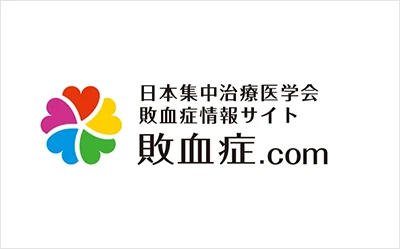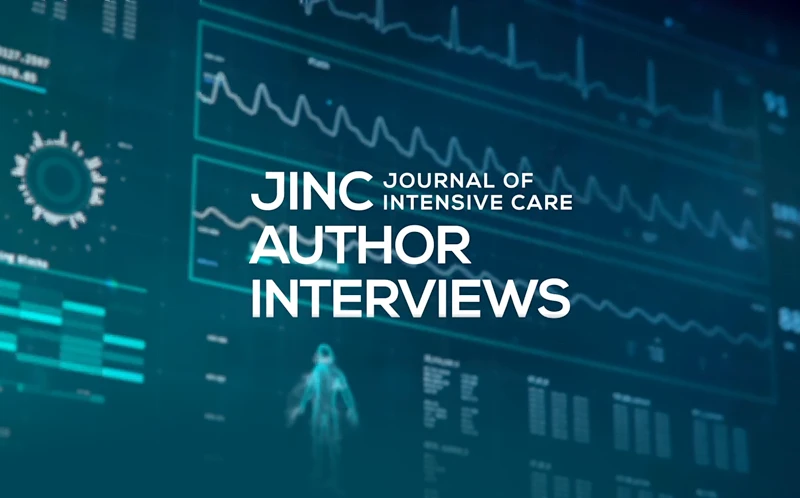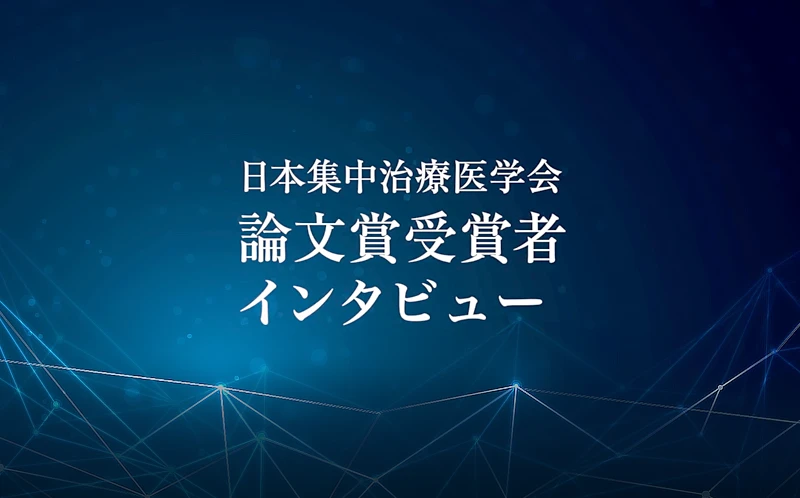Overview/History
Overview and HistoryOverview of the Society
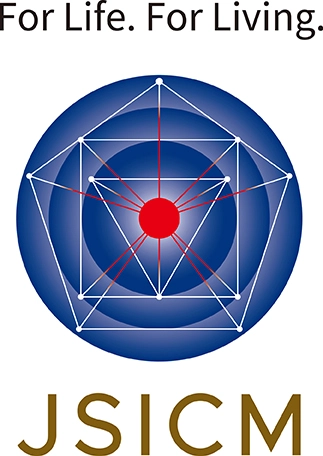
Intensive care is an acute-phase medical field that provides 24-hour treatment through a collaborative system involving various healthcare professionals, including doctors, nurses, pharmacists, clinical engineers, and physical therapists.
Patients in the Intensive Care Unit (ICU) are admitted from general wards, emergency departments, or operating rooms when they require advanced and concentrated care due to life-threatening conditions. To treat multiple organ failures, medical equipment such as mechanical ventilators, blood purification devices, and extracorporeal cardiopulmonary support systems, as well as monitoring devices and intravenous medications, are used safely and efficiently to provide intensive care to critically ill patients.
According to a national survey conducted by the Society in 2006, there are about 4 ICU beds per 100,000 people in Japan—fewer than the 7 to 24 beds per 100,000 found in Western countries. ICU facilities accredited for specialist training are functionally categorized as general ICUs (approx. 60%), post-operative ICUs (approx. 10%), emergency ICUs (approx. 10%), and coronary care units (CCUs) for heart disease (approx. 5%). The field has continued to evolve as a specialized division for managing severe conditions. Today, intensive care units are considered essential for the care of critically ill patients in medium to large acute care hospitals.
JSICM certifies intensive care specialists and is actively involved in their training. The intensive care specialist certification system began in 1989, and as of April 2024, 2,770 specialists have been trained. Moving forward, the examination system will be restructured to align with the accreditation standards set by the Japanese Medical Specialty Board, with the aim of enhancing both knowledge and practical skills. The Society is also involved in building databases, conducting global clinical trials, and engaging in international collaboration and support to advance the field of intensive care from a broad perspective.
For nurses, the Society organizes various educational seminars such as ICU/CCU nursing education and family care support to foster the next generation and improve nursing skills in intensive care. Clinical engineers play a crucial role in the maintenance, inspection, and safety management of life-support and physiological monitoring equipment in the ICU.
Furthermore, since 1976 the JSICM has published a non-official journal, which became an official society journal in 1994. In 2013, the English-language official journal, Journal of Intensive Care, was launched, publishing over 150 scientific articles annually. This journal earned an Impact Factor in June 2020, contributing to the advancement of education, research, and clinical practice in intensive care.
JSICM continues to strive toward ambitious goals to support and develop the field of intensive care medicine, serving as the final line of defense for critically ill patients in the acute phase.
History
| November 1964 | Japan's first ICU (13 beds, called a "recovery room") established at Juntendo University Hospital. |
| January 1968 | Intensive care unit with advanced monitoring established at Tohoku University Hospital. |
| 1973 | The Japanese Society of Anesthesiologists released ICU installation standards. |
| February 9, 1974 | 1st ICU Study Group meeting held (Chair: Dr. Kenichi Iwatsuki, Tohoku University) at Mitsui Hibiya Hall, with 24 presentations and 301 participants. |
| 1976 | Launched a peer-reviewed journal ("ICU and CCU"), later designated as a semi-official journal |
| 1978 | Intensive care management fee system introduced. |
| 1979 | Society renamed to Japanese Society of Intensive Care Medicine with official bylaws; annual general meetings began. |
| 1987 | Specialist certification committee launched; first certified specialists in 1989. |
| 1989 | Hosted the 5th World Congress of Intensive and Critical Care Medicine at Kyoto International Conference Center. |
| January 1, 1994 | Official peer-reviewed journal, Journal of the Japanese Society of Intensive Care Medicine, launched. |
| 1995 | Established 7 regional branches with annual local conferences; specialist exam system initiated following the adoption of certification rules. |
| 1999 | JSICM website launched; recognized as the 93rd sub-specialty society by the Japan Medical Association. |
| October 3, 2005 | Reorganized as a Limited Liability Intermediate Corporation. |
| 2007 | Ministry of Health, Labour and Welfare issued ICU safety management guidelines. |
| February 25, 2009 | Reorganized as a General Incorporated Association. |
| October 23, 2013 | English-language Journal of Intensive Care launched. |
| 2014 | Differentiation of intensive care management fees introduced. |
| January 2017 | Seven new branches established (previous regional societies dissolved). |
| June 2020 | Journal of Intensive Care obtained an Impact Factor. |
| April 2022 | Intensive Care recognized as a subspecialty by the Japanese Medical Specialty Board. |
| October 2022 | “Intensive Care Medicine” added to the official physician registration form (Form No. 2 of the Medical Practitioners Act Enforcement Regulations). |
